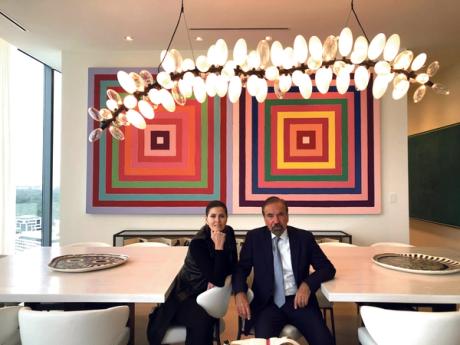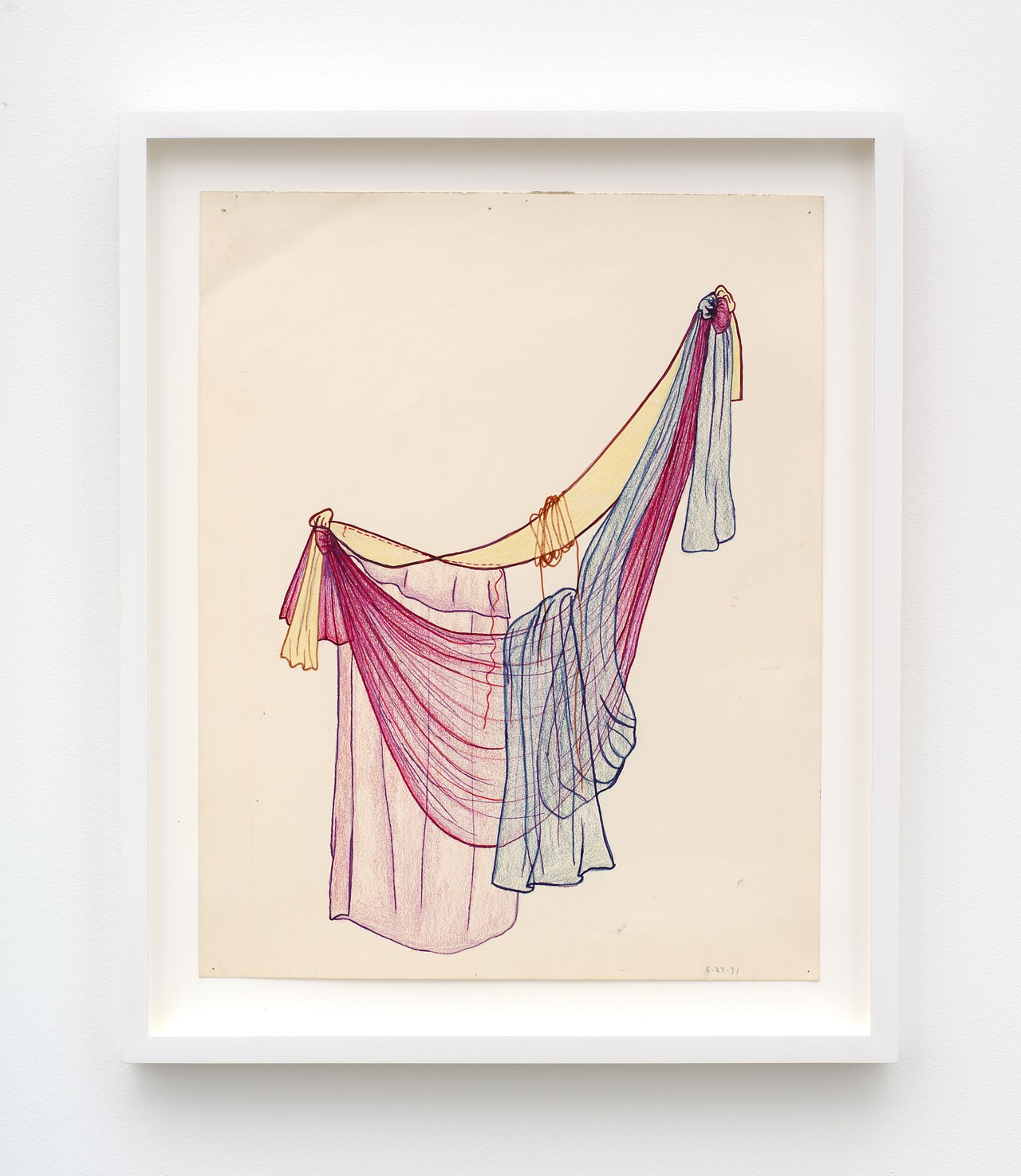Bodily Study of Unthinking Groups
2016 - Sculpture (Sculpture)
Matthew Angelo Harrison
In Bodily Study of Unthinking Groups, Harrison combines two disparate materials into one stratified stack: automotive clay (used in detailing cars) forms the earthy base, while fragments of zebra skull become imbedded in this falsified soil. Harrison’s forged archeological artifact compresses two cultural contexts together: that of Africa, represented by the bleached zebra skull; and that of Detroit, the birthplace of the American car. Detroit’s Matthew Angelo Harrison works at the intersection of sculpture and technology, building his own 3D printers (which rise to the status of sculpture), and using these creations to formulate others. This fusion makes sense when you look at his biography: born in Detroit and trained in sculpture at the Art Institute of Chicago, Harrison also works, by day, at the Ford Motor Company, creating prototypes for the cars of the future. In his artistic practice, Harrison is interested in mining available—often commercialized—forms of African culture, looking at these artifacts from the point of view of an urban African American in the twenty-first century.
Detroit’s Matthew Angelo Harrison works at the intersection of sculpture and technology, building his own 3D printers (which rise to the status of sculpture), and using these creations to formulate others. This fusion makes sense when you look at his biography: born in Detroit and trained in sculpture at the Art Institute of Chicago, Harrison also works, by day, at the Ford Motor Company, creating prototypes for the cars of the future. In his artistic practice, Harrison is interested in mining available—often commercialized—forms of African culture, looking at these artifacts from the point of view of an urban African American in the twenty-first century.
Colors:
Other related works, blended automatically
» see more

© » KADIST
Matthew Angelo Harrison
2015In Hole #1 a zebra scull stands in as a representation of Africa, while the plexiglass box and the hole made through it represent the inaccessibility of that culture to African-Americans....
Related works sharing similar palette
» see more

© » THEARTNEWSPER
'Collecting art by women is an integral component of my process': Darlene Pérez on why she waited for a Lee Krasner work Art market Museums & heritage Exhibitions Books Podcasts Columns Technology Adventures with Van Gogh Search Search Art Basel in Miami Beach 2023 interview 'Collecting art by women is an integral component of my process': Darlene Pérez on why she waited for a Lee Krasner work One-half of the couple behind the Pérez Art Museum Miami will never tire of Monet's Water Lilies Benjamin Sutton 8 December 2023 Share As well as providing the Pérez Art Museum Miami with $75m and 200 works from their collection, Darlene and Jorge Pérez support many local arts organisations Darlene Pérez, together with her real-estate developer husband Jorge, is a major force in Miami’s cultural scene...
Other works by: » Matthew Angelo Harrison
» see more

© » KADIST
Matthew Angelo Harrison
2015In Hole #1 a zebra scull stands in as a representation of Africa, while the plexiglass box and the hole made through it represent the inaccessibility of that culture to African-Americans....
Related works found in the same semantic group
» see more

© » KADIST
John Wood and Paul Harrison
1996One of John Wood and Paul Harrison’s earliest works, Device features Harrison performing a series of actions, assisted by the titular ‘devices’, that use physics to force his body into unusual and uncomfortable positions...

© » KADIST
John Wood and Paul Harrison
19973-Legged is an early video work by John Wood and Paul Harrison in which they appear with their legs tied together (as one would do in a three-legged race)...

© » KADIST
Mario Garcia Torres
2005Mario Garcia Torres films a game of Charades among professional actors guessing the former North Korean dictator’s favorite Hollywood films...




